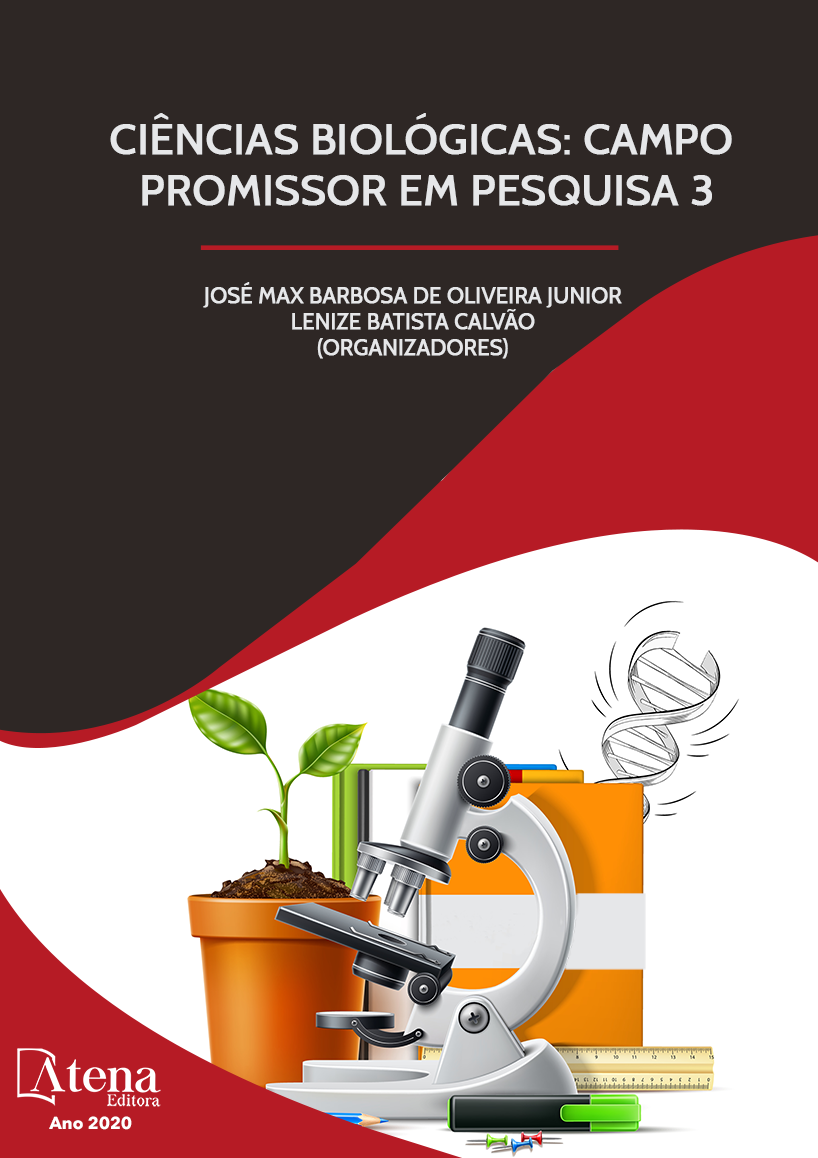
IMPLEMENTAÇÃO DO ENSAIO TOXICOLÓGICO UTILIZANDO Artemia salina: DETERMINAÇÃO DA LC50 DO PINHÃO E DA GOIABA SERRANA
A determinação da toxicidade aguda é muito importante para identificação de substâncias com potencial tóxico, ou seja, que causam danos aos organismos vivos. O teste toxicológico utilizando Artemia salina como bioindicador é um teste que apresenta muitas vantagens como: ser mais prático em relação a testes com outros organismos, ter baixo custo e boa repetibilidade. Este trabalho buscou implementar o teste toxicológico utilizando K2Cr2O7 como controle positivo, e cafeína como substância com potencial tóxico. E na sequência determinar a LC50 (concentração letal mediana) de extratos aquosos de goiaba serrana e semente de pinhão. O teste utilizando Artemia salina foi adaptado da norma NBR 16530 e a LC50 foi calculada por meio do método de probit. O resultado obtido para LC50 cafeína foi 565 ppm, maior que os relatados na literatura, no entanto, condizente com relação às condições geográficas do local de realização do ensaio. Para os extratos de goiaba serrana e pinhão foi observado efeito não-tóxico, dado os valores de LC50 > 1000 ppm. Por fim, o teste de toxicidade pôde ser implementado e utilizado para estudar o potencial tóxico de alimentos nativos da serra catarinense até então não verificados. Este ensaio torna-se uma ferramenta útil para screening de plantas e substâncias com potencial tóxico.
IMPLEMENTAÇÃO DO ENSAIO TOXICOLÓGICO UTILIZANDO Artemia salina: DETERMINAÇÃO DA LC50 DO PINHÃO E DA GOIABA SERRANA
-
DOI: 10.22533/at.ed.25720160119
-
Palavras-chave: ecotoxicidade, Branchipus stagnalis, Acca sellowiana
-
Keywords: ecotoxicity ,Branchipus stagnalis, Acca sellowiana
-
Abstract:
Determination of acute toxicity is very important for the identification of substances with toxic potential, causes damage to living organisms. The Toxicological assay using Artemia salina like a bioindicator has many advantages such as: practicity compared to tests with other organisms, low cost and good repeatability. The aimed of this work was implement the toxicological assay using K2Cr2O7 as a positive control, and caffeine as a substance with toxic potential. The second point was determine the LC50 (median lethal concentration) of aqueous extracts of Araucaria angustifolia sess (pinhão) and feijoa. The test was adapted from NBR 16530 and the LC50 was calculated using the probit method. The result obtained for caffeine was LC50 565 ppm, higher than those reported in the literature, however, consistent with the geographical conditions of the trial site. To pinhão and feijoa, a non-toxic effect was observed, with LC50 values >1000 ppm. Finally, the toxicity assay could be implemented and used to study the toxic potential of native food. This assay becomes a useful tool for screening plants and substances with toxic potential.
-
Número de páginas: 13
- Gabriele da Silva Santos
- Marcel Piovezan


